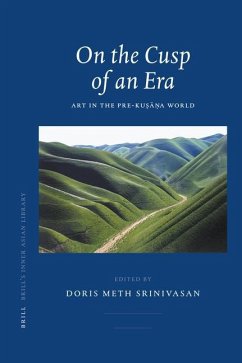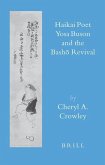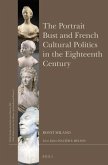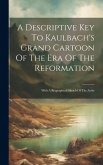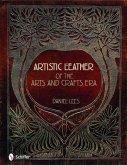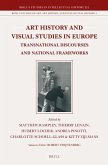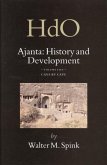South Asian religious art became codified during the Ku a Period (ca. beginning of the 2nd to the mid 3rd century). Yet, to date, neither the chronology nor nature of Ku a Art, marked by great diversity, is well understood. The Ku a Empire was huge, stretching from Uzbekistan through northern India, and its multicultural artistic expressions became the fountainhead for much of South Asian Art. The premise of this book is that Ku a Art achieves greater clarity through analyses of the arts and cultures of the Pre- Ku a World, those lands becoming the Empire. Fourteen papers in this book by leading experts on regional topography and connective pathways; interregional, multicultural comparisons; art historical, archaeological, epigraphic, numismatic and textual studies represent the first coordinated effort having this focus.
Hinweis: Dieser Artikel kann nur an eine deutsche Lieferadresse ausgeliefert werden.
Hinweis: Dieser Artikel kann nur an eine deutsche Lieferadresse ausgeliefert werden.

